Missing teeth are no longer a problem! Dental implants offer the most advanced, durable, and natural-looking solution for restoring your smile. An implant, together with its crown, mimics a real tooth both aesthetically and functionally-helping you regain confidence, comfort, and a complete smile.
To book a visit, sign up for a consultation. To clarify the details, our operator will contact you.

How to treat adentia?
26 April 2023
Toothlessness refers to complete or partial lack of teeth in the oral cavity. Four different types of adentia are encountered in clinical practice, namely complete or partial primary Toothlessness And complete or partial secondary Toothlessness. Regardless of which type of Toothlessness the patient is suffering from, the absence of even one tooth in the oral cavity is a serious problem both visually and functionally. Dental implantation is an alternative method of treatment of adentia (toothlessness). During dental implantation, an artificial root (implant) is placed in the bone, on which an artificial tooth (crown) is subsequently fixed. Although there are many alternatives to fill the space left after tooth extraction, dental implants remain the most popular method. Once the dental implants are attached to the place of the missing tooth, the difference between it and natural teeth becomes invisible to the naked eye. A dental implant consists of three parts, an artificial titanium root that is fixed in the jawbone, an implant abutment that connects the artificial crown to the artificial root, and the artificial crown itself, which visually resembles a natural tooth. Replacing a missing tooth with an implant plays a crucial role in maintaining the overall health of the oral cavity, as implants provide not only a visual effect, but also functionally restore the maxillofacial system.
Why Should We Choose Dental Implants?
The main advantage of a dental implant is that it is similar to natural teeth and fits harmoniously in the patient's mouth. In everyday life, when you smile and talk, considering the color of the implant and the gloss similar to tooth enamel, it is impossible to tell that it is artificial. In addition, the artificial crown of the implant is very similar to natural teeth, not only visually, but also in the sensations that the patient receives during the chewing process. Patients do not even feel the presence of an artificial implant in the jawbone, and when the tongue touches the crown part of the implant, it is as smooth as a natural tooth. Because the dental implant is made of a very hard material, it can withstand high loads and is resistant to wear. We must not forget that dental implants have a positive effect on the patient's self-esteem. Nothing can hurt a person's self-confidence like a bad smile. Replacing missing teeth with dental implants can significantly improve a person's daily life and allow them to enjoy an attractive, harmonious smile.
Why Is The Treatment Of Adentia Necessary?
When the teeth are firmly placed next to each other in the mouth and the empty space between them is minimal, they do not move and are therefore protected from vibration and other injuries. After an empty space appears in the mouth in place of a missing tooth, the row of teeth moves, the vacated space breaks the strength of the row of teeth, and the teeth begin to move. All this, in turn, causes irritation of the gums, the accumulation of food waste in the space between the teeth, the multiplication of bacteria, which is a prerequisite for further caries. That is why it is very important for the patient to replace the missing tooth with an implant soon after tooth extraction.
The second and not least important reason why it is necessary to treat adentia is that many missing teeth can cause changes in your facial features. The world's leading dentists agree that the space created in the place of missing teeth causes a change in the patient's facial features and visually makes the face asymmetrical. The chewing function on the side of the missing tooth is reduced, which is logical, because the empty space prevents the patient from chewing. Stopping chewing on one side of the jaw and shifting the full load to the other, "healthy" side, in turn causes uneven stimulation of the facial and jaw muscles. The result of all this is a violation of visual symmetry. On one side of the face, the muscle is relaxed, therefore the cheek and the silhouette of the face in general are lowered, on the other side, on the contrary, due to excessive activity, the jaw muscle is toned, which leaves the effect of swelling. At first glance, it seems as if the patient's jaw and part of the cheek have been filled.
"Blits Dental - Kakhaber Kharebava Clinic" recommends replacing a missing tooth with an implant and maintaining a healthy, charming smile.
During pregnancy, hormonal changes can cause gum inflammation, bleeding, enamel erosion, and an increased risk of cavities. That’s why visiting the dentist during pregnancy is especially important.
Gnathology is one of the leading branches of 21st-century dentistry. It forms the foundation for any complex dental treatment planning
Tooth loss (edentulism) affects not only the appearance of your smile but also the overall functional health of your oral cavity
Dental veneers can be made from various materials, but ceramic (porcelain) veneers are the most widely used.
Modern aesthetic and functional dentistry is continually evolving, striving to identify restorative materials that combine exceptional strength
The eruption of baby teeth is one of the most important stages in a child’s early development.
Modern dentistry increasingly emphasizes the importance of orthodontic care.
Oral health care begins long before the first permanent tooth erupts.
A smile is one of the key elements of a person’s visual identity. It conveys confidence and positivity. However, the beauty of a smile is not only an aesthetic factor—it is directly connected to oral health.
Orthodontic treatment has long gone beyond the limits of traditional metal braces.
Dental implantation is the best method for restoring missing teeth. However, for the procedure to be successful, the jawbone must have sufficient volume and density.
Dental implantation is one of the most effective and safest surgical procedures in modern dentistry for restoring missing teeth.
Initial endodontic (root canal) treatment is usually successful and helps preserve the natural tooth.
Root canal treatment, also known as endodontic therapy, is one of the most frequently discussed yet often misunderstood dental procedures.
Tooth decay is one of the most common dental conditions, involving damage to the hard tissues of the teeth
Modern dentistry is constantly evolving, offering improved methods for solving complex issues.
Today, there are numerous teeth whitening options—both at home and professionally done.
Modern dental clinics are equipped with special equipment that ensures the safe use of anesthesia.
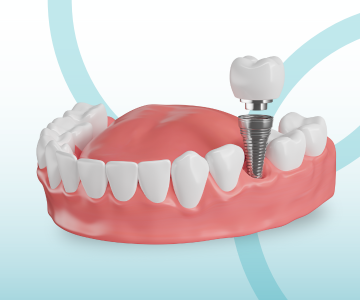

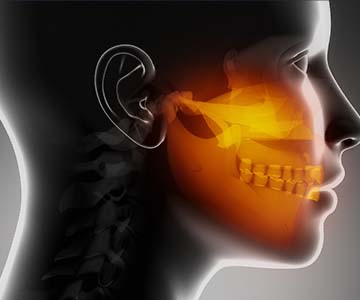
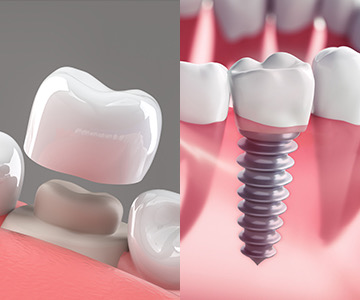
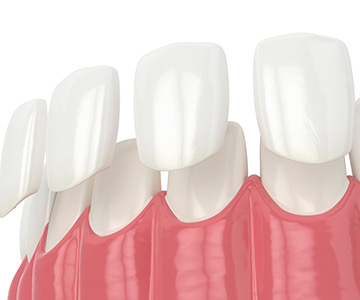



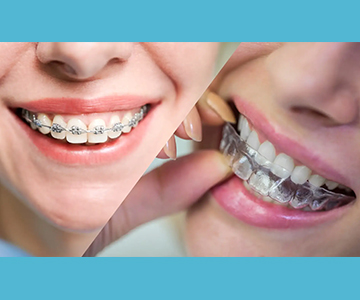


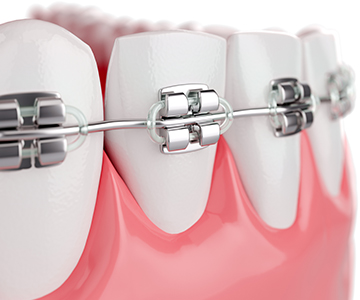
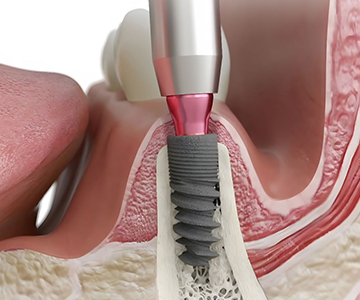
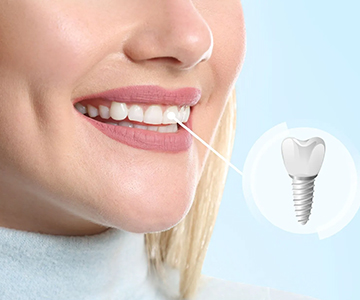
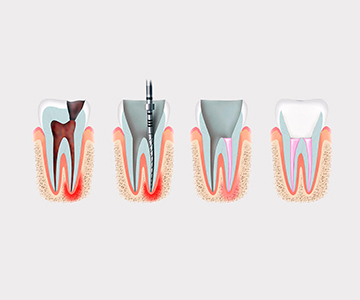
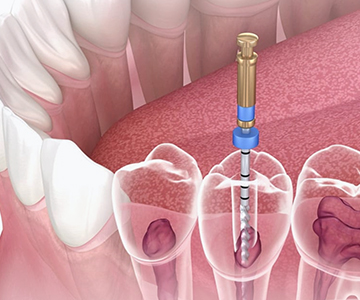
.jpeg)
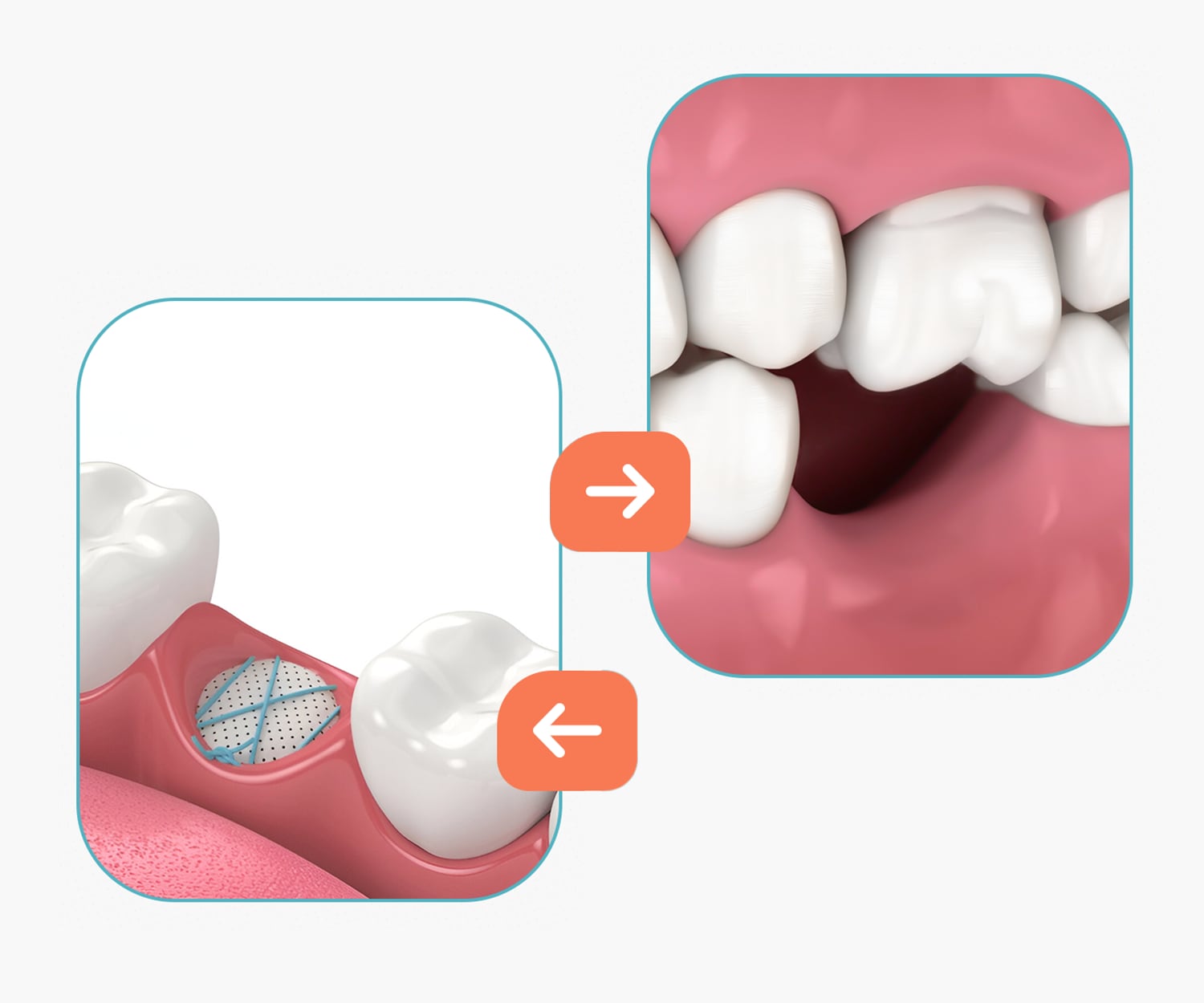
.jpeg)
